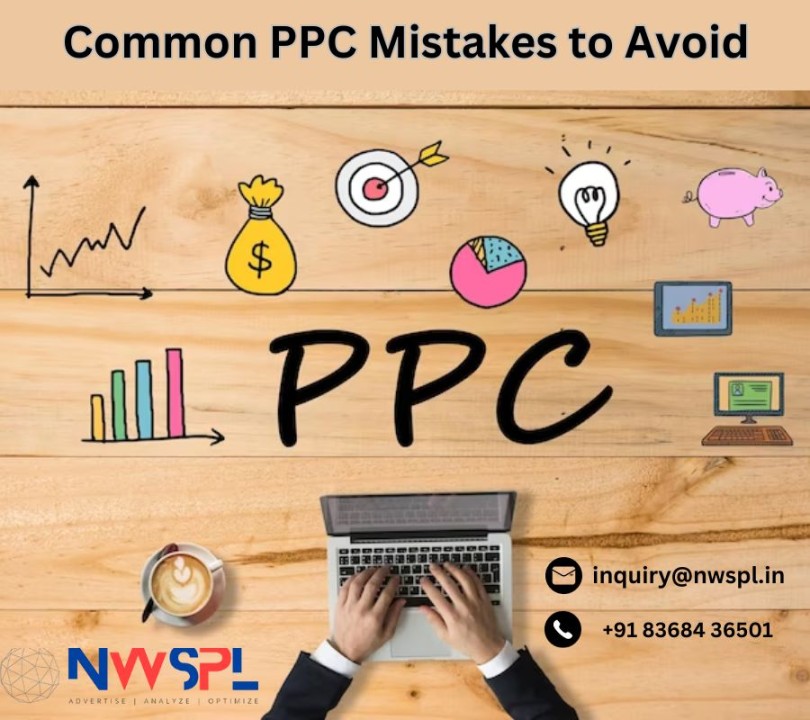Effective budgeting is a crucial aspect of any successful Search Engine Marketing (SEM) strategy. In a digital landscape where competition for online visibility is fierce, allocating resources wisely can make all the difference between a thriving campaign and wasted efforts. Let’s delve into some key strategies for budgeting in SEM to ensure optimal results.
1. Define Clear Objectives:
Before allocating your budget, it’s essential to define clear objectives for your SEM campaign. Whether your goal is to increase website traffic, generate leads, or drive sales, understanding your objectives will guide your budgeting decisions. Different goals may require different budget allocations, so a precise definition is the first step to effective budgeting.
2. Keyword Research and Selection:
Keywords are the backbone of SEM campaigns. Conduct thorough keyword research to identify the terms and phrases your target audience is likely to use. Once identified, prioritize keywords based on relevance and competitiveness. Allocate a significant portion of your budget to high-performing, relevant keywords to maximize your campaign’s impact.
3. Bid Strategically:
Bidding strategy plays a pivotal role in SEM budgeting. Determine the maximum amount you’re willing to bid for a click on a specific keyword. A combination of manual and automated bidding strategies can be employed based on your campaign goals. Keep an eye on bid adjustments for different devices, locations, and demographics to optimize your spending.
4. Quality Score Optimization:
Quality Score is a metric used by search engines to evaluate the relevance and quality of your ads and landing pages. Higher Quality Scores can result in lower costs per click (CPC) and better ad placements. Allocate budget to continually optimize your ad copy, landing pages, and overall user experience to improve Quality Scores and stretch your budget further.
5. Ad Extensions and Formats:
Enhance the visibility and appeal of your ads by utilizing ad extensions and various ad formats. Ad extensions provide additional information and encourage users to engage more with your ad. Experiment with different ad formats such as text ads, display ads, and responsive search ads to see what resonates best with your audience. Allocating budget to diverse ad formats can improve overall campaign performance.
6. Continuous Monitoring and Optimization:
SEM is not a one-and-done task; it requires ongoing monitoring and optimization. Allocate budget and resources for tools or personnel dedicated to analyzing campaign performance regularly. Adjust your strategy based on real-time data, focusing on what’s working well and making informed decisions to improve areas that need attention.
7. Conversion Tracking and Analytics:
Investing in robust conversion tracking and analytics is essential for understanding the impact of your SEM efforts. Allocate budget to implement and maintain accurate tracking mechanisms. Analyzing conversion data helps you identify high-performing keywords and campaigns, allowing you to allocate more budget to what’s driving results.
8. Competitor Analysis:
Keep a close eye on your competitors to stay ahead in the competitive landscape. Allocate budget for competitive analysis tools that provide insights into your competitors’ strategies. This information can help you adjust your bidding strategy, discover new keywords, and identify areas where you can outperform the competition.
In conclusion, effective budgeting in SEM requires a strategic approach that aligns with your business goals. By defining clear objectives, conducting thorough research, optimizing for Quality Score, and continuously monitoring and adjusting your strategy, you can ensure that your SEM budget is used efficiently to drive meaningful results.



